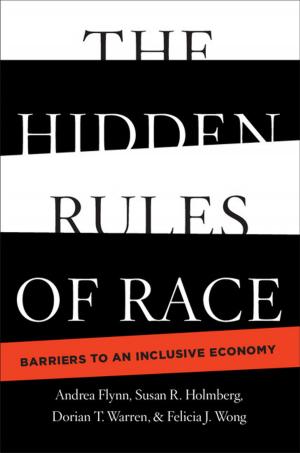The Spectral Piano
From Liszt, Scriabin, and Debussy to the Digital Age
Nonfiction, Entertainment, Music, Theory & Criticism, History & Criticism, Reference| Author: | Marilyn Nonken | ISBN: | 9781139904438 |
| Publisher: | Cambridge University Press | Publication: | March 13, 2014 |
| Imprint: | Cambridge University Press | Language: | English |
| Author: | Marilyn Nonken |
| ISBN: | 9781139904438 |
| Publisher: | Cambridge University Press |
| Publication: | March 13, 2014 |
| Imprint: | Cambridge University Press |
| Language: | English |
The most influential compositional movement of the past fifty years, spectralism was informed by digital technology but also extended the aesthetics of pianist-composers such as Franz Liszt, Alexander Scriabin and Claude Debussy. Students of Olivier Messiaen such as Tristan Murail and Gérard Grisey sought to create a cooperative committed to exploring the evolution of timbre in time as a basis for the musical experience. In The Spectral Piano, Marilyn Nonken shows how the spectral attitude was influenced by developments in technology but also continued a tradition of performative and compositional virtuosity. Nonken explores shared fascinations with the musical experience, which united spectralists with their Romantic and early Modern predecessors. Examining Murail's Territoires de l'oubli, Jonathan Harvey's Tombeau de Messiaen, Joshua Fineberg's Veils, and Edmund Campion's A Complete Wealth of Time, she reveals how spectral concerns relate not only to the past but also to contemporary developments in philosophical aesthetics.
The most influential compositional movement of the past fifty years, spectralism was informed by digital technology but also extended the aesthetics of pianist-composers such as Franz Liszt, Alexander Scriabin and Claude Debussy. Students of Olivier Messiaen such as Tristan Murail and Gérard Grisey sought to create a cooperative committed to exploring the evolution of timbre in time as a basis for the musical experience. In The Spectral Piano, Marilyn Nonken shows how the spectral attitude was influenced by developments in technology but also continued a tradition of performative and compositional virtuosity. Nonken explores shared fascinations with the musical experience, which united spectralists with their Romantic and early Modern predecessors. Examining Murail's Territoires de l'oubli, Jonathan Harvey's Tombeau de Messiaen, Joshua Fineberg's Veils, and Edmund Campion's A Complete Wealth of Time, she reveals how spectral concerns relate not only to the past but also to contemporary developments in philosophical aesthetics.















